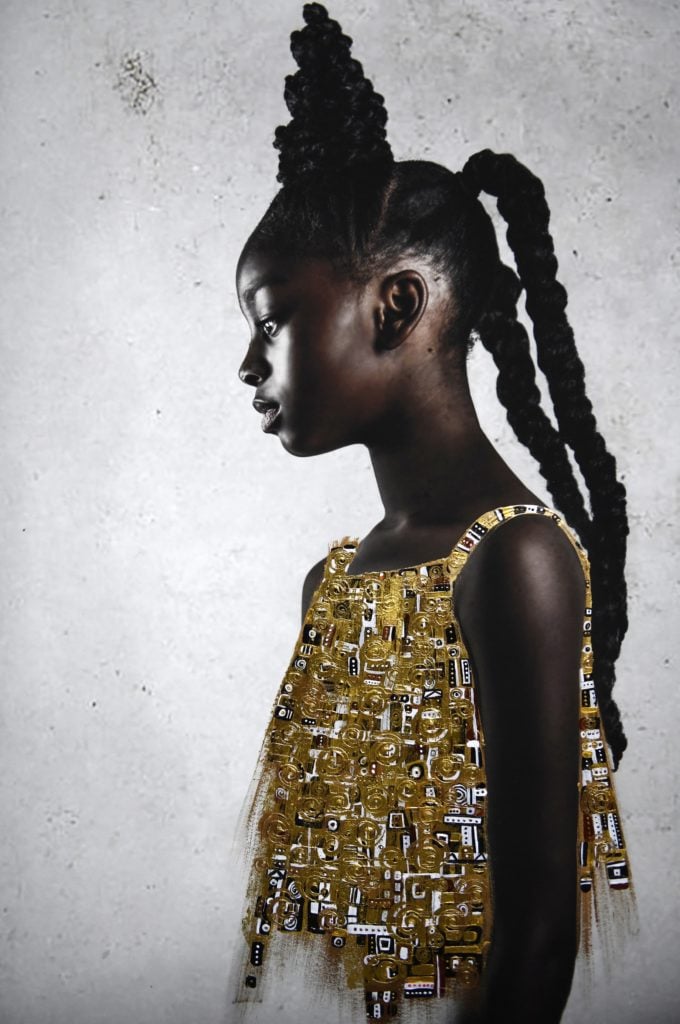Community, Leadership, Experimentation, Diversity, & Education
Pittsburgh Arts, Regional Theatre, New Work, Producing, Copyright, Labor Unions,
New Products, Coping Skills, J-O-Bs...
Theatre industry news, University & School of Drama Announcements, plus occasional course support for
Carnegie Mellon School of Drama Faculty, Staff, Students, and Alumni.
CMU School of Drama
Thursday, January 30, 2020
What Happens When an Art Museum Is Conceived to Capitalize on the Experience Economy? Fotografiska New York Is About to Find Out
news.artnet.com: At Fotografiska New York, you enter through the gift shop. The Swedish photography hub, which opened last month inside a dramatic, Gilded Age mansion on Park Avenue, is one of America’s only for-profit art museums. (Another one, the Museum of Sex, is located just a few blocks north.)
Subscribe to:
Post Comments (Atom)

4 comments:
Firstly, that building is beautiful and I don’t even want to know how expensive that building is (I don’t want to know how expensive any building in New York is). I had never heard of the term “Experience economy” before this article. The interior of the building is also stunning (the photographs of the space are awesome! And I would hope so because that would be quite ironic if there were bad photos of this photography museum)
After reading this article I realized that I really knew nothing about the museum industry and how much work goes on behind the scenes. I didn’t know that they have over 60 exhibits (well at least this museum does) throughout the year! I really enjoyed reading about how they are creating an experience for the museum-goers. Instead of only hanging the photographs of the wall and adding a few places to sit when you get tired from walking around, they really thought about designing the space to better the experience. I don’t think I would personally go to this museum (I've been spoiled by growing up near Washington DC and having the Smithsonian Institution have free entrance to their museums. Lovely museums! Would highly recommend if you haven’t been). I tend to forget that museums are also putting on productions, they don’t build an installation and keep it there forever (other than maybe sections of the dinosaur exhibits of museums) they are constantly changing what they are putting in front of their audiences and telling story though the display of their work.
When I read the title of this article, I was kind of cautious about getting too invested because I assumed it was going to be someone just talking about the benefits of capitalism in the arts. I think that the overall idea sounds less like an art museum and more like an entertainment venue, but the atmosphere sounds pretty unique and like a fun place to hold an event in. I think that adding other elements to a museum is a great way of building interest in visual art in a way that doesn't make people feel that they have to just look at art. As a person in the very broad world of art and entertainment I feel like there is pressure to enjoy walking around museums and just look at art for hours, and though I DO enjoy museums in a general sense, it would be a lot easier to be excited about those environments if it felt like there was a more relaxed atmosphere with other things going on in the same space. I think that its just the overall difference in philosophies between an explicitly for-profit organization and other museums that makes the setting feel more like a very specific kind of entertainment venue instead of a stuffy gallery, and that's an idea I am definitely more excited about.
Museum entrance can sometimes be quite expensive but usually, these prices are going somewhere. For instance the upkeep of hundreds of works of art, or support for a beginning artist. With for-profit museums, I wonder what kind of inflation there is for profit. Art needs to be accessible and this museum has made strides in that direction by having a more relaxed environment. But for-profit museums will likely add more financial restrictions to art. I love in major cities across America students such as ourselves can go to museums without having to worry about the cost. I also love initiatives like ½ price tickets in the afternoons or free student Wednesdays because it is minimizing the financial barriers to art. A company that centers around art’s financial accessibility is Bread and Puppet theatre in VT. Their cheap art tenants are extremely meaningful and provide another side to art-making or viewing.
I think that the notion of the arts and museums participating in the “experience economy” is a very interesting one. Unfortunately, Fotografiska seems to be just lacking enough in its direction in many parts of the operation that everything is just a little bit discombobulated. I think that there is definitely a market for experience - especially in the arts - but as much as they claim to have tapped into it here, it just does not seem cohesive (which is always something I look for when looking at and visiting museums). Also, the fact that they could not tell an artist when their photographs would be on display and who they would be displayed in conjunction with AND that they would not be payed is sort of fishy to me. I do not know much about photography exhibitions - which is all Fotografiska hosts - but I definitely feel like photographers are normally paid if they are high-level enough.
Post a Comment